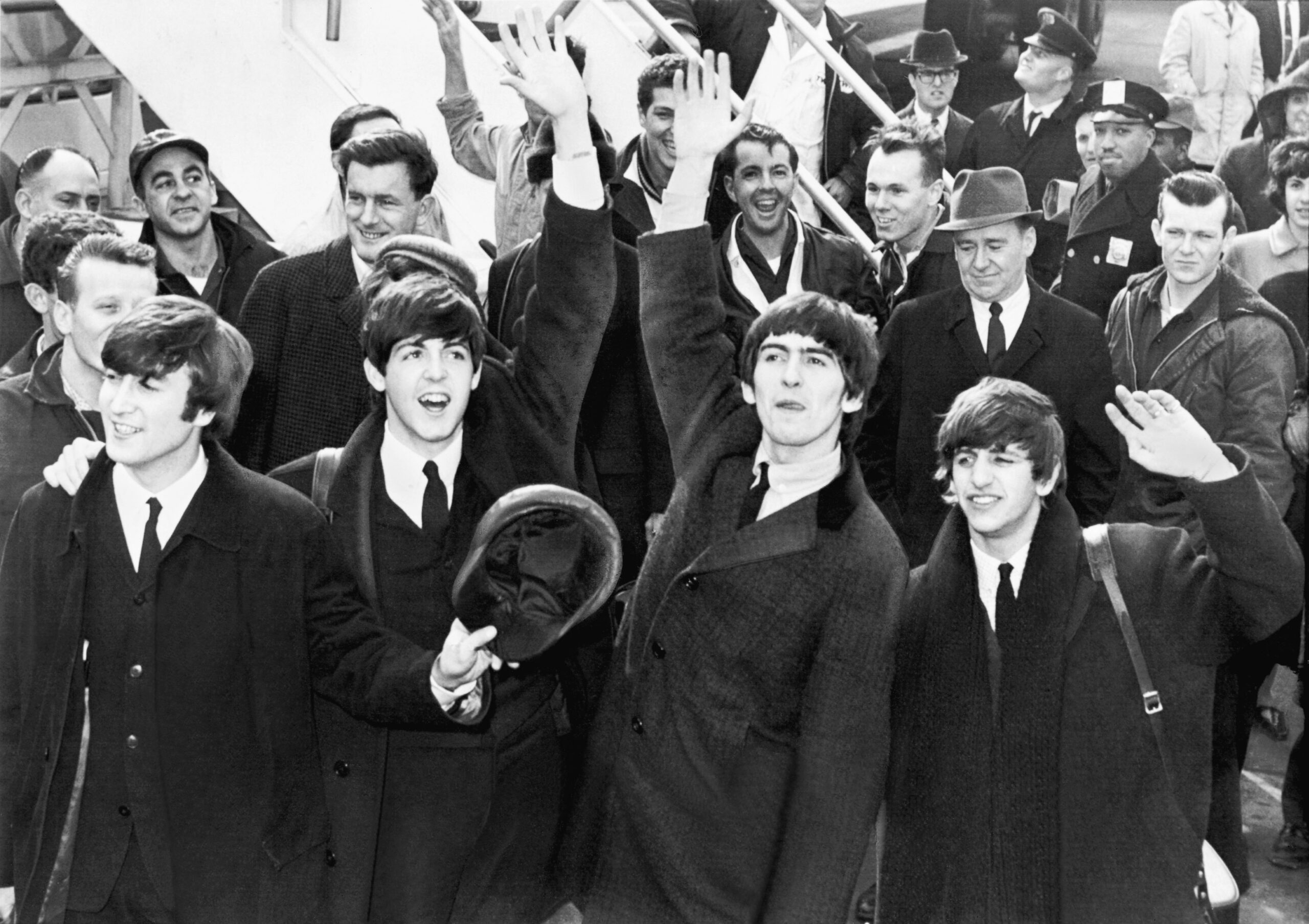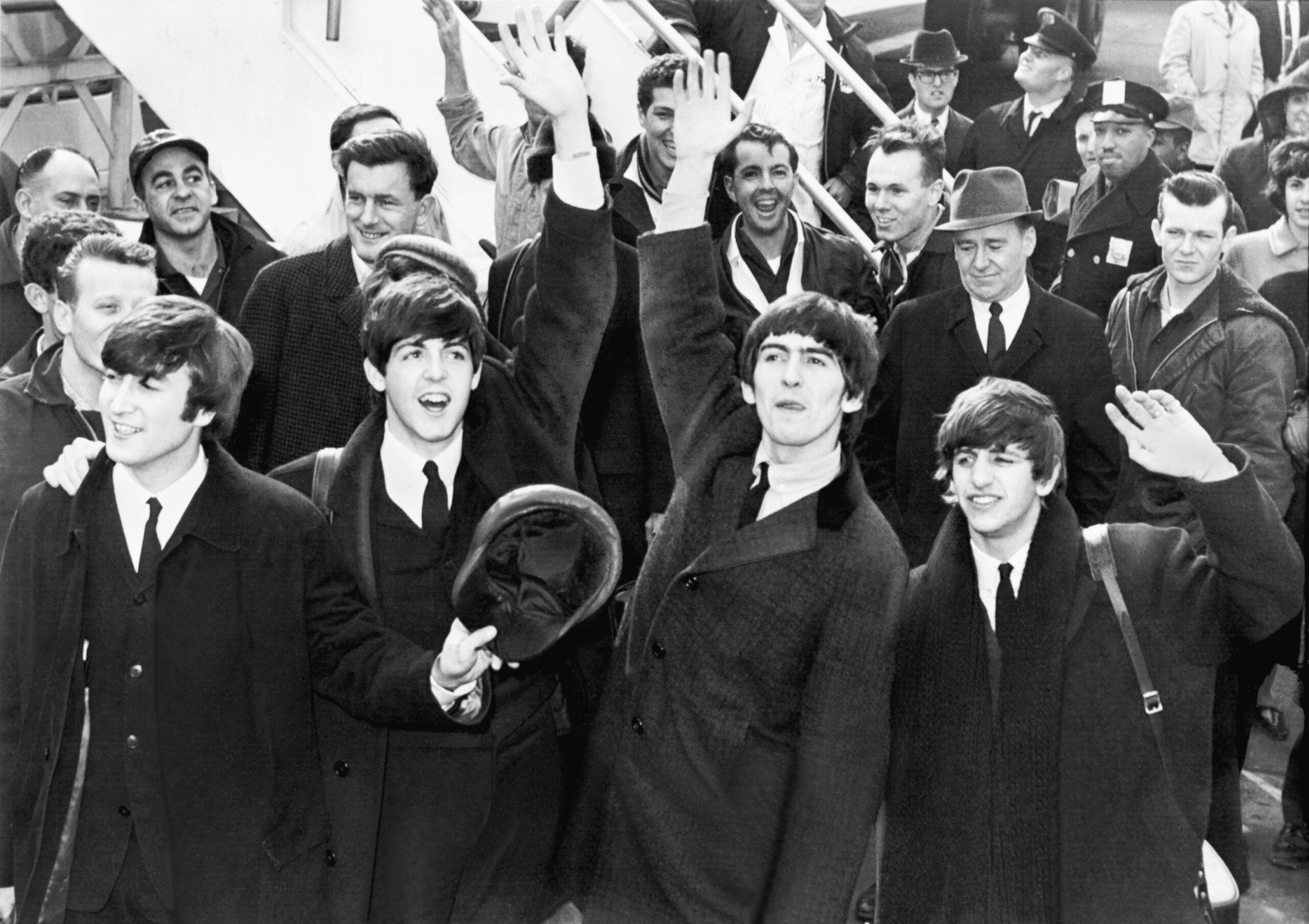The 1960s was a decade characterized by significant cultural transformations that reshaped societies around the globe. From music revolutions to political upheavals, this era marked a turning point in history. Let’s dive into ten defining cultural shifts of the 1960s that continue to influence us today.
The Rise of the Counterculture Movement
The counterculture movement of the 1960s emerged as a rebellion against the established norms and values of the previous generations. Young people, often referred to as the “hippies,” sought to create an alternative lifestyle focused on peace, love, and harmony. This movement was deeply rooted in the desire for personal freedom and social change. It was a time when traditional values were questioned, and new ideas about society and the individual flourished. The counterculture movement also promoted environmental awareness, communal living, and experimentation with art and music.
Music Revolution: The Beatlemania Phenomenon

The 1960s witnessed an unprecedented music revolution, with The Beatles leading the charge. Their arrival in the United States in 1964 sparked “Beatlemania,” a cultural phenomenon that captivated millions. The Beatles’ music, characterized by innovative sounds and thought-provoking lyrics, challenged conventional norms and inspired a generation. Their influence extended beyond music, impacting fashion, art, and even politics. The Beatles paved the way for other legendary bands and musicians, making the 1960s an unforgettable era for music lovers.
The Civil Rights Movement
The 1960s was a pivotal decade for the Civil Rights Movement in the United States. African Americans and their allies fought tirelessly for racial equality and justice. Key events like the March on Washington in 1963 and the Selma to Montgomery marches in 1965 brought national attention to the struggle for civil rights. The Civil Rights Act of 1964 and the Voting Rights Act of 1965 were landmark legislations that aimed to dismantle racial segregation and discrimination. The movement’s leaders, including Martin Luther King Jr., inspired countless individuals worldwide to stand up against injustice.
Feminism and Women’s Liberation
The 1960s also marked a significant turning point for the feminist movement. Women began to challenge traditional gender roles and demand equal rights in all aspects of life. The publication of Betty Friedan’s “The Feminine Mystique” in 1963 played a crucial role in sparking the women’s liberation movement. Women fought for reproductive rights, equal pay, and access to education and employment opportunities. The formation of organizations like the National Organization for Women (NOW) in 1966 further propelled the feminist agenda.
The Impact of the Vietnam War
The Vietnam War was a defining conflict of the 1960s, leaving a lasting impact on global politics and society. As the war escalated, anti-war protests gained momentum, particularly among the younger generation. The war’s devastating effects, both on the battlefield and at home, fueled widespread disillusionment and distrust in government institutions. The media played a crucial role in shaping public opinion by broadcasting graphic images and reports from the frontlines. The Vietnam War became a symbol of the era’s struggle for peace and justice.
Technological Advancements and Space Exploration
The 1960s was a decade of remarkable technological advancements, with the space race taking center stage. The United States and the Soviet Union vied for supremacy in space exploration, culminating in the historic Apollo 11 mission in 1969. Neil Armstrong’s famous words, “That’s one small step for man, one giant leap for mankind,” resonated worldwide as he became the first human to set foot on the moon. This achievement not only showcased human ingenuity but also inspired generations to dream big and push the boundaries of what is possible.
Changing Fashion Trends

Fashion in the 1960s underwent a dramatic transformation, reflecting the era’s spirit of rebellion and experimentation. The decade saw the rise of bold and colorful styles, with miniskirts, psychedelic prints, and bell-bottoms becoming iconic fashion staples. Designers like Mary Quant and Yves Saint Laurent revolutionized the industry by introducing innovative designs that challenged traditional norms. The fashion trends of the 1960s were a reflection of the cultural shifts taking place, with individuals expressing their individuality and breaking away from conventional fashion rules.
The Influence of Television and Media
Television and media played a crucial role in shaping the cultural landscape of the 1960s. The decade witnessed the rise of television as a dominant form of entertainment and information dissemination. Shows like “The Ed Sullivan Show” and “The Twilight Zone” captivated audiences and became cultural touchstones. The media also played a significant role in shaping public opinion on social and political issues, with news coverage of events like the civil rights movement and the Vietnam War influencing public perception and sparking debates.
Environmental Awareness and Activism
The 1960s marked the beginning of a growing awareness of environmental issues and the need for conservation. Rachel Carson’s groundbreaking book, “Silent Spring,” published in 1962, highlighted the dangers of pesticide use and sparked a movement for environmental protection. The decade saw the emergence of grassroots environmental organizations and the first Earth Day celebration in 1970. Environmental activism became a significant aspect of the counterculture movement, as individuals sought to protect the planet and promote sustainable practices.
The Sexual Revolution
The 1960s was a time of significant social and cultural change, including the sexual revolution. This period saw a shift in attitudes towards sexuality, with individuals challenging traditional norms and embracing sexual freedom. The availability of birth control pills and the rise of the women’s liberation movement played a crucial role in this transformation. The sexual revolution led to more open discussions about sex and relationships, challenging societal taboos and paving the way for greater acceptance of diverse sexual identities.
The 1960s was a decade of profound cultural shifts that left an indelible mark on society. From the rise of the counterculture movement to the impact of the Vietnam War, these defining moments continue to shape our world today. As we reflect on this transformative era, we gain a deeper understanding of the forces that have shaped our modern society.


